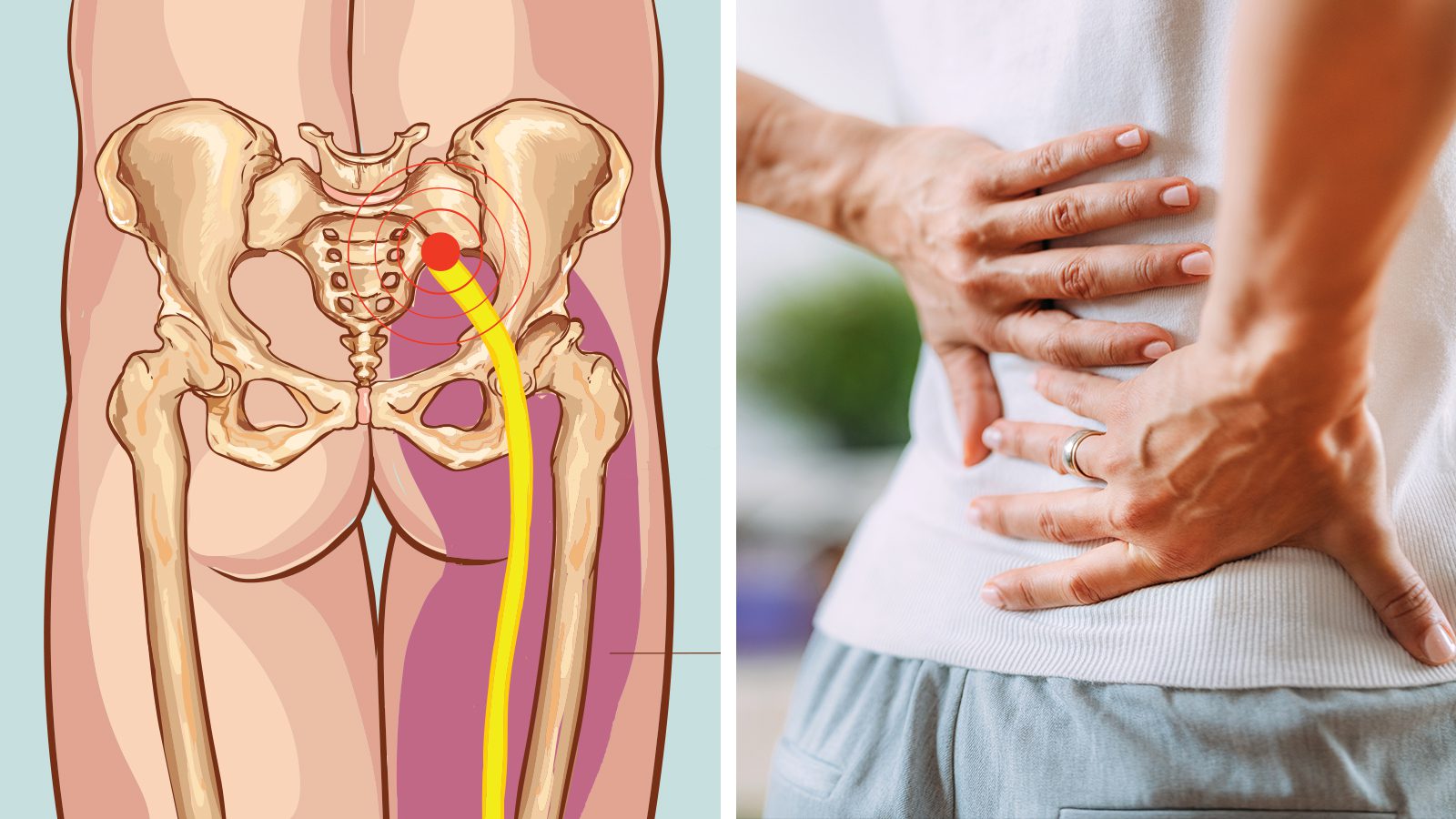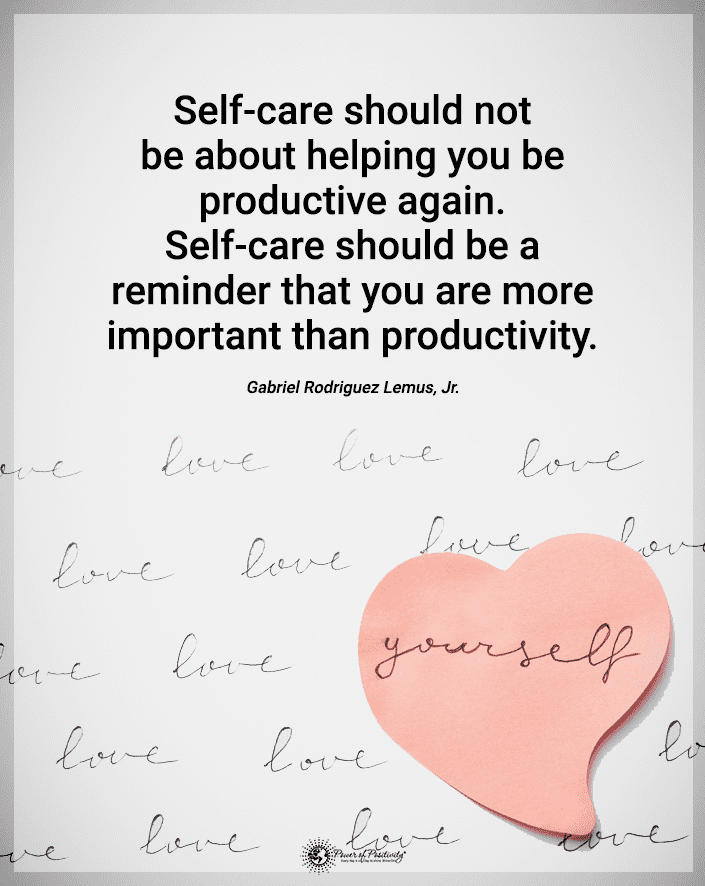Sciatica is a painful experience that causes a decrease in the quality of life for those impacted. Sciatica causes pain that travels from your buttocks down your leg. It causes numbness, weakness, and a tingling sensation. Sciatica could indicate an underlying condition that starts in your lower back. Here are some signs that you shouldn’t overlook if you think you have sciatica.
Where is the sciatic nerve?
Your sciatic nerve goes from your lower back through your hips and buttocks, going down each leg. The name sciatica describes inflammation of this nerve, causing pain that radiates down the nerve into your hips and buttocks. This condition usually only affects one side of your body.
5 Signs of Sciatica Never to Overlook
At first, you may not know that you’re dealing with sciatica pain. Over time, your symptoms may get worse. If you don’t try to treat it, it can get worse. Here are some signs of sciatica that you should look for.
1 – Lower Back Pain (one of the most commonly reported signs of sciatica)
Low back pain may be the first sign that you’re developing sciatica. The pain begins in your lower back and moves down your buttocks and leg. This pain is usually only on one side of your legs, but sometimes both sides hurt simultaneously. Bending, sitting, or standing makes it worse. The only relief is usually lying down, but for some individuals, even lying down hurts.
2 – Burning or Tingling Sensation
If you’re having strange burning or tingling sensations down one of your legs, this may be an early sign of sciatica. Many people describe this pain as a dull ache or sharp shooting pain. Either way, it’s challenging to maintain your everyday activities when dealing with it.
3 – Painful to Walk or Stand
It could be a sign of sciatica if you notice discomfort when you’re sitting or standing at work. Moving might relieve the pain, but it may not go away. Some people say that lying down is the only way they find relief from their pain, but this isn’t always the case.
4 – Weakness or Numbness of the Foot or Leg
Besides experiencing pain, other signs of sciatica are weakness or numbness in your leg or foot. You may notice your feet feeling numb or tingling. This could signify you have a pinched nerve, which could cause your sciatica. These are severe signs. Go see your chiropractor right away for diagnosis and treatment.
5 – Leg Gives Out
There may also be circumstances when your leg gives out while walking or standing up. This sign of sciatica makes you prone to injury, especially if you lose your balance. Don’t overlook these signs, but seek medical care right away. Your chiropractor can give you exercises to do to help your sciatic nerve be restored. Fortunately, in most cases, sciatica can be treated at home or with minimal intervention. But once in a while, surgery is required.
Warnings About Paying Attention to the Signs of Sciatica
If sciatica is left untreated, it can lead to long-term neurological conditions. Here are some complications that untreated sciatica causes.
- Incontinence: Untreated sciatica can lead to incontinence, or the inability to control your bladder or bowels. This is a severe medical condition called cauda equina syndrome.
- Weakness in both legs: Cauda equina syndrome can also cause sudden pain and weakness or numbness in both legs. If this happens, it usually requires immediate surgery. This condition causes difficulty walking if you don’t seek treatment.
- Sexual dysfunction: Some people have experienced numbness in their genitals.
- Drop foot: Sciatica can cause numbness in your foot. You may develop foot drop. This is where you can’t raise your foot correctly when you walk.
- You may walk differently: If you suffer from back pain like sciatica, you may compensate by favoring the painful leg. This changes your gait. You may limp or swing your leg wider than usual. You may not know that you’re doing this until someone mentions it. The awkward stride throws out your back, so it’s not in alignment. This causes even more neck pain and back pain.
- Surgery: Surgery can repair extreme neck and back pain from sciatica.
Know You Know the Signs of Sciatica, But How Can Your Lifestyle Increase Your Risk of This Back Pain?
What makes you more susceptible to getting sciatica?
Some circumstances or lifestyle choices make you at a higher risk for developing sciatica.
- Being male and middle-aged: It turns out that men develop sciatica more often than women. Young people can suffer from sciatica pain, but it’s more common in adults in their 40s and 50s.
- Diabetes: If you have diabetes, you may have nerve pain similar to sciatica. If you haven’t been diagnosed with diabetes but are experiencing nerve pain in your legs, it may be good to see your doctor. They can determine if you have sciatica or if this is any indication that you have diabetes.
- Pregnancy: Pregnant women often suffer from sciatica, especially in the last few months of pregnancy, because of the extra weight and how you’re carrying the baby.
- Being overweight: If you’re overweight. You’re more susceptible to sciatica nerve pain.
- Smoking: Studies show that smokers have a moderately higher risk of sciatica. It appears that when a person stops smoking, it reduces but won’t eliminate the occurrence of sciatica. Researchers aren’t sure why this is true. Maybe other lifestyle choices which go along with smoking exacerbate this condition.
- Career: Certain jobs put you at risk for sciatica pain, such as carrying heavy loads, sitting for long periods, or twisting that causes neck pain or back pain.
What Causes Sciatica?
Here are some common causes of sciatica.
- Herniated disk: Most of the time, a herniated disk will repair independently. But if this happens, you may suffer from chronic sciatica pain.
- Car accidents: Injuries can cause sciatica, especially a car accident or injury where you hurt your neck or back.
- Inflammation: If you have an inflammatory condition, you’re at a higher risk of sciatica pain.
- Infection: An infection around your spine that causes swelling will often become sciatica.
- Spinal cancer or mass: A mass or cancerous tumor can lead to sciatica pain.
- Overuse: As you get older, normal wear and tear hurts your spine and may lead to signs of sciatica.
- Tuberculosis: This isn’t as common today, but doctors say there is a type of tuberculosis that causes an abscess in the lungs and presses the spine, causing sciatica. This may be more common in third-world countries where TB vaccines are not typical.
- Misalignment of your spine: If your spine is out of alignment, you may develop sciatica. Your poor alignment leads to inflammation and pain of the sciatic nerve.
What Can Alleviate the Signs of Sciatica?
The good news is that most of the time, you can treat this back pain at home. In rare cases, you’ll need surgery. Try these suggestions to help your sciatica pain.
- Walking: Surprisingly, walking is a great way to relieve your sciatica pain. When you walk regularly, it causes your brain to release pain-alleviating endorphins. This reduces your inflammation and helps you relax, so the pain subsides. Just be sure to maintain your posture while you walk. It may hurt at first, but after a few minutes, the pain should improve, and you can enjoy your walk.
- Gentle exercises and stretches: Daily gentle exercises and stretches can help relieve your neck pain, back pain, and sciatica. Be sure to rest in between the exercises and don’t overdo it. Too much exercise will make the sciatica pain worse.
- Apply Ice packs: If the pain is terrible, apply ice packs to the affected areas that hurt the most. This provides some relief and helps your sciatica nerve to relax. Pain makes this nerve tighten up, which makes it especially painful.
- Taking a warm bath: Warm baths are relaxing and pain-relieving. Soak in a tub of Epsom salts to help relieve the pain and relax your muscles.
- Maintain good posture: When you’re in pain, it’s hard not to favor one side or restrict your movements. This affects your posture. Try to keep good posture with your shoulders back, and your stomach tucked. Relax as you walk or stand, don’t stand in a rigid stance. This puts stress on your back and sciatic nerve.
Final Thoughts on Understanding the Signs of Sciatica to Decrease Your Back Pain
If you’ve had sciatica pain, you know the debilitating agony. The burning sensation prevents you from doing your everyday activities. The symptoms are aching pain that runs from your hips to your buttocks and down your leg. You may have tingling or shooting pains down your legs. It hurts to move. Other signs of sciatica that people experience include numbness, causing their leg to weaken, so it gives out when they walk. Hopefully, this article gives you some practical tips on determining if you have sciatica, what could cause your discomfort, and how to deal with it so you can find relief.
Editorial Note 08/22/2023: Updated information on study.























